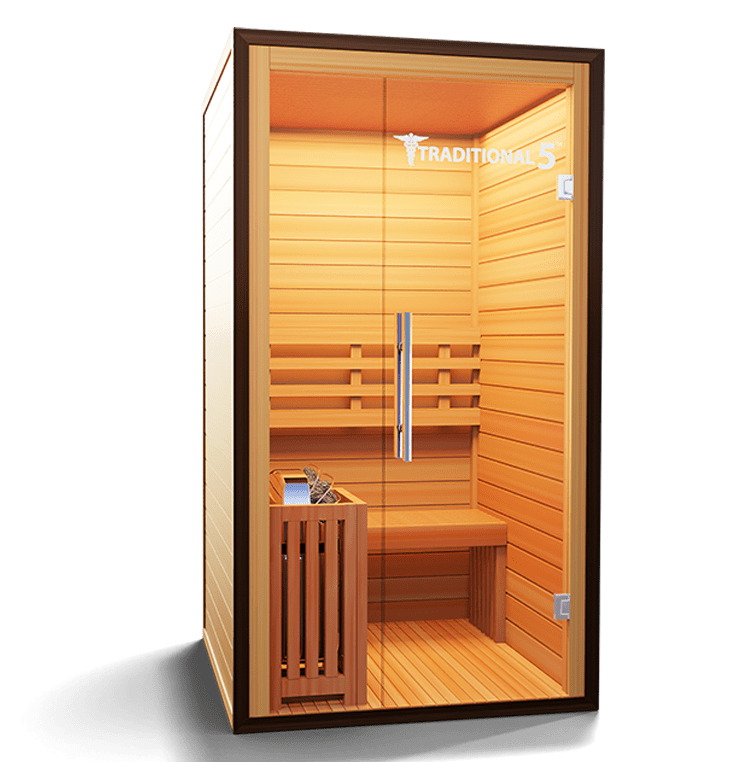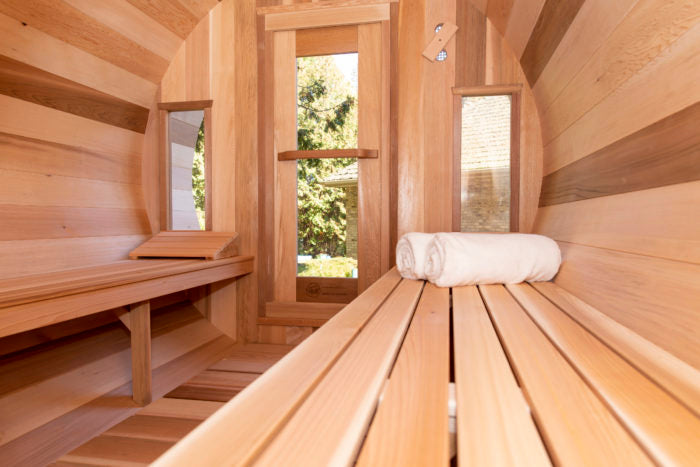Traditional Sauna - The Facts
Traditional Sauna - The Facts
Blog Article
4 Easy Facts About Traditional Sauna Described
Table of ContentsTraditional Sauna - TruthsThe Ultimate Guide To Traditional SaunaTraditional Sauna - The FactsNot known Details About Traditional Sauna Traditional Sauna Fundamentals Explained
Many of the weight shed in a sauna is water loss and is re-gained upon rehydrating. Without a question sauna can be a crucial component of a healthy and balanced weight loss program. To check out the distinctions in between typical and IR saunas, I will certainly divide these right into verifiable, theoretical, and fabricated differences.Thus, the hottest factor in the saunawhich goes to the ceiling straight over the sauna heateris normally in between 185 and 190 F. Claims that a typical sauna goes beyond 200 F is merely not real and not suitable for electric saunas sold in the US. The temperature level for a far-infrared sauna is usually established in between 120 and 140 F; nevertheless, unlike the conventional sauna, the goal in and IR space is not to achieve a heat.

When a traditional sauna has actually been correctly warmed, the sauna walls are cozy, the air temperature has actually accomplished established temperature and the rocks are extremely heated. As an interesting side note, the heated wall surfaces and the rocks are discharging far-infrared warm, incorporated with the heated air, to develop an "enveloping warm".
The smart Trick of Traditional Sauna That Nobody is Discussing
When the heat is attained, the elements cycle on and off to preserve the heat. Most conventional sauna customers enjoy pouring water over the rocks to produce vapor to raise sauna moisture degrees. The benefits of pouring water over the rocks include: making the space extra comfy, moistening the nasal passages, and enabling the use of aromatherapy by blending crucial oils with the water.

When the power gets in the body, it triggers the body temperature level to boost and eventually leads to perspiration. In an infrared sauna it is essential for the emitters/heaters to remain on practically continuously. Since there is no mass of rocks to retain heat, the sauna will certainly cool down if the emitters turned off.
The Traditional Sauna Statements
As discussed over, the sauna bather in an infrared space intends to place himself in front of running emitters Visit Your URL to get optimal take advantage of the warmth. The home heating time for the two areas can be extremely various, depending upon how the spaces are used. For a typical sauna, a bather must allow 30-40 mins for the room to accomplish a desired temperature level and to properly Read Full Article pre-heat the rocks.

A well built sauna will typically accomplish a temperature level of 150-160 F in concerning 30-40 mins. For hotter temperature levels, the room may need to warm for a longer duration.
To some, 15 mins was "thrown away" while the infrared power warmed the timber panels instead of heating a body, while others find a pre-heated room to be much more comfortable and believe an elevated starting temperature is required to begin perspiring. The size of advised usage for each and every area is about the very same (10-15 mins per session); nonetheless, as a result of the reduced air temperature levels and the capacity to really feel the impacts of infrared warm quicker than a standard sauna, it is not uncommon for a person to spend a total amount of 20-30 mins in an infrared sauna.
Traditional Sauna for Dummies

The typical price per kWH of electrical power in the united state is approximately $0.11, so a 4.5 kW heating unit will certainly cost around $.50 to compete one hour, if the heater runs continuously for one hour. Commonly a sauna heater will compete 75% of the first hour and 50% of subsequent hours on considering that the components cycle once the set temperature is accomplished.
A 2 individual far-infrared room is typically literally smaller than a typical sauna, usually concerning 4' x 4' or smaller. The IR heating unit is normally 1.5-1.7 kW making use of a 120 volt 15 amp plug-in service. Because the space can be utilized faster than a sauna area, we will certainly think the room is used for to of an hour including warm up time.
Lastly, there is a hardly ever reviewed distinction in the social experience in between both areas. While our society has actually lost a few of the social benefit of the conventional sauna experience, it can be very socially satisfying (Traditional Sauna). From household time in the sauna, to heart-felt conversations with better halves, to sauna partiesthe conventional sauna experience can result in intimate interacting socially
3 Easy Facts About Traditional Sauna Explained
Many greater end infrared spaces consist of colored light treatment, sound systems and full-glass fronts.
Report this page